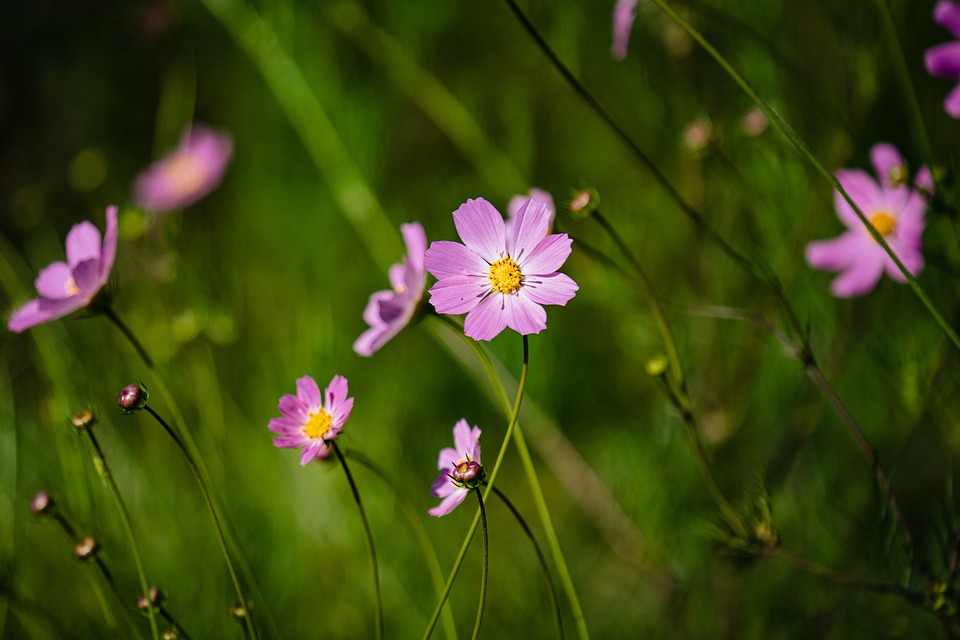From Curious Kids to Cautious Adults: How Life’s Little Moments Shape Our Wonder
As we journey through life, we often find ourselves transitioning from wide-eyed, curious children to cautious, rational adults. This transformation is marked by a gradual shift from asking "why" and "how" to seeking comfort in what is familiar and tried. But what lies between these two extremes? Are we truly losing our sense of wonder as we grow older, or is it merely evolving into a more nuanced and refined form?
Research suggests that the way we respond to life’s little moments plays a significant role in shaping our wonder. These seemingly insignificant moments, such as discovering a hidden talent or experiencing a sense of community, can either foster or stifle our innate curiosity.
As children, we are constantly seeking to understand the world around us. We ask questions, explore our surroundings, and experiment with new experiences. This curiosity is fueled by a natural desire to learn and grow. But as we enter adulthood, societal expectations and responsibilities can dampen this enthusiasm. We begin to prioritize caution over curiosity, and our natural wonder starts to wane.
So, what can we do to rekindle our sense of wonder? The answer lies in embracing life’s little moments with an open mind and a willingness to be surprised. By recognizing the value of these moments and actively seeking them out, we can cultivate a more adventurous and curious spirit.
The Power of Serendipity
One of the most effective ways to recapture our sense of wonder is through serendipity – the happy accident of discovering something new and unexpected. Whether it’s stumbling upon a hidden art gallery or trying a new recipe, these chance encounters can spark a renewed sense of curiosity and enthusiasm.
For example, a recent study found that participants who were shown unexpected images (such as a person juggling chainsaws) were more likely to experience a surge in dopamine, the neurotransmitter associated with pleasure and reward. This phenomenon highlights the power of serendipity in triggering a sense of wonder and excitement.
The Importance of Community
Another key factor in shaping our wonder is the role of community and social connection. When we share experiences with others, we create a sense of belonging and support, which can embolden us to explore new interests and pursue our passions.
In fact, research has shown that social connections can actually increase our sense of curiosity and wonder. When we engage with others, we are more likely to encounter new ideas and perspectives, which can stimulate our imagination and creativity.
The Impact of Fear and Comfort Zones
Of course, not all of us are blessed with the ability to take risks and push beyond our comfort zones. Fear, uncertainty, and a desire for security can hold us back from exploring new experiences and nurturing our sense of wonder.
However, by acknowledging and embracing our fears, we can begin to confront and overcome them. This process, known as "comfort zone expansion," can lead to increased confidence and a sense of accomplishment, which can in turn foster a more adventurous and curious spirit.
Conclusion
As we transition from curious kids to cautious adults, it’s essential to recognize the importance of life’s little moments in shaping our sense of wonder. By embracing serendipity, nurturing our sense of community, and confronting our fears, we can recapture the sense of excitement and curiosity that defined our childhood.
So, the next time you’re faced with a decision or a new experience, take a moment to pause and consider the possibilities. Ask yourself: "What might I discover?" "What might I learn?" And most importantly, "What might I wonder?"


